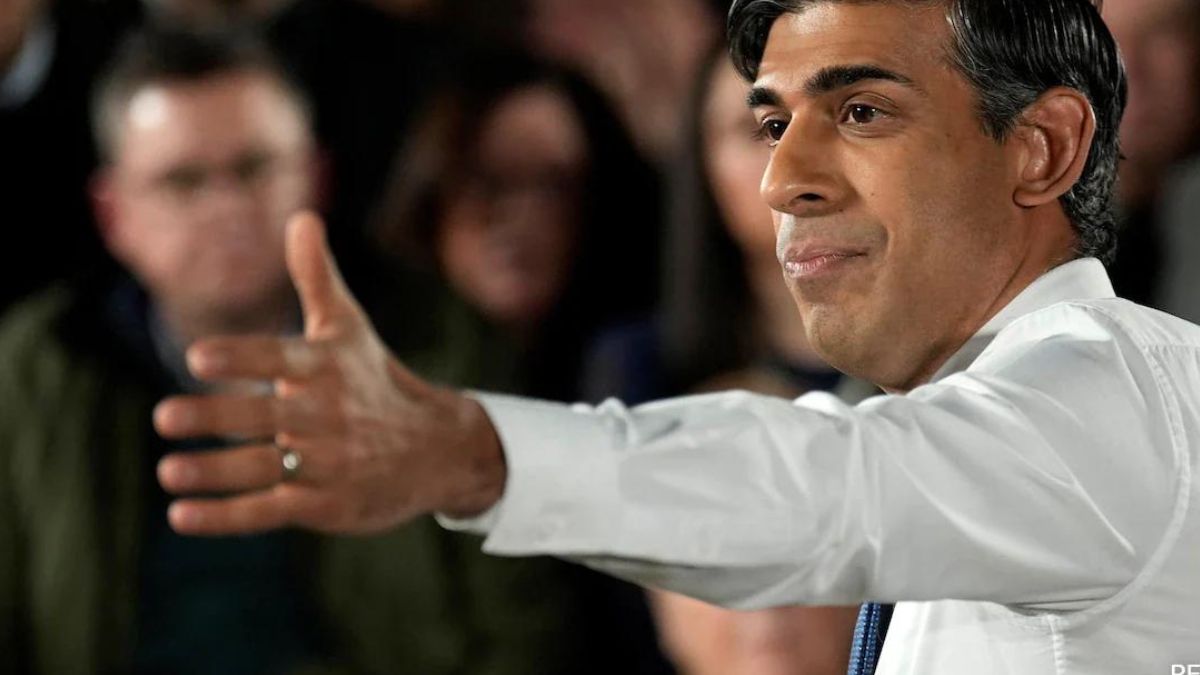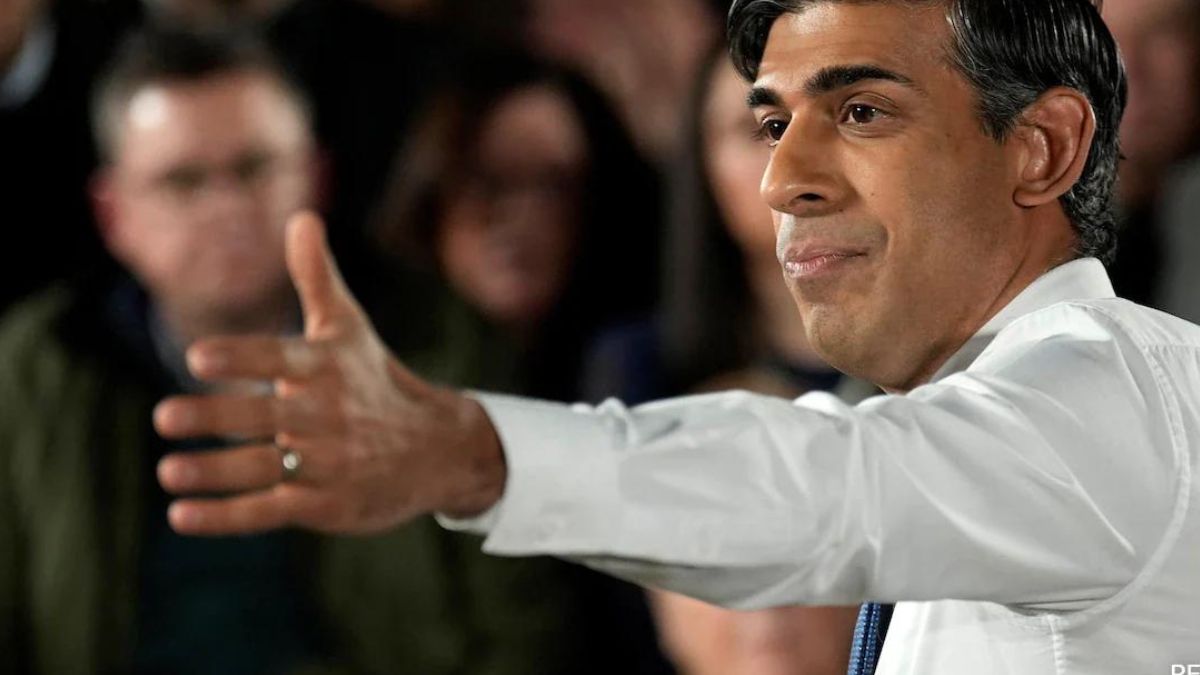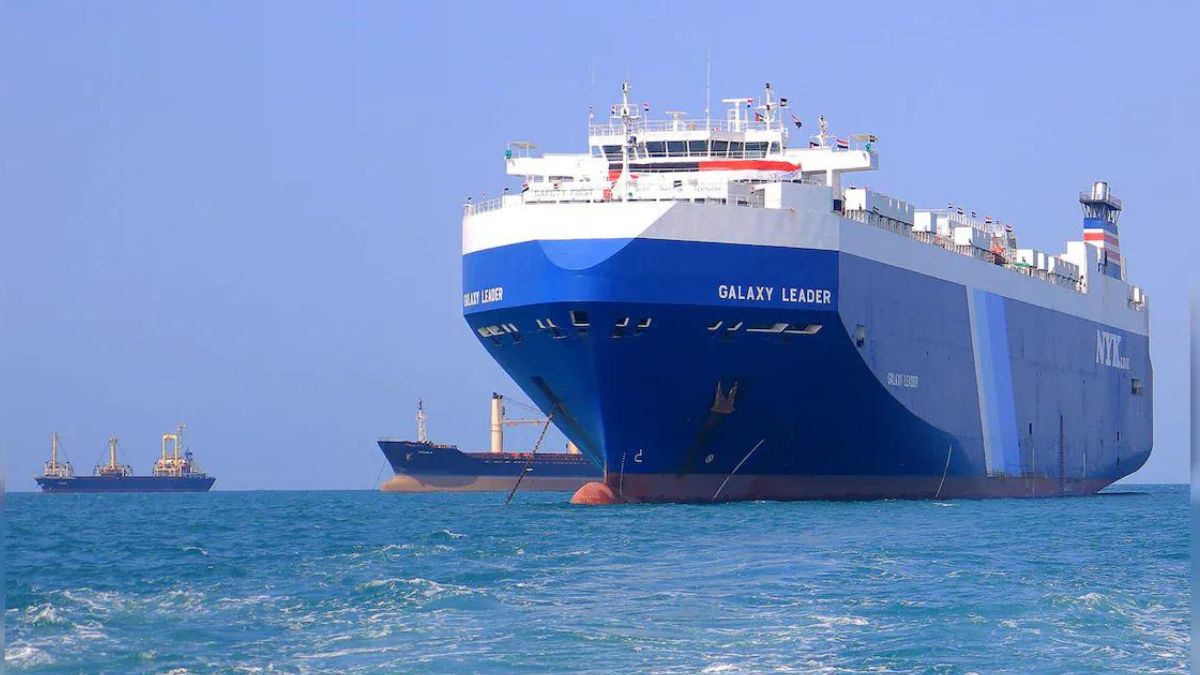What happens when a rich promoter defaults, say, a few thousand crores to Indian banks? And what if the same is done by a retail borrower? Here’s how it typically works. In all probability, the chances of the rich promoter being brought before the law and made to repay the money selling his assets are less compared with the individual borrower.
If the lenders are public sector banks, the probability diminishes even further because no one is sure whose fight this is. The political-corporate nexus works in full swing. Nepotism manifests and power wins ultimately over prudence. In comparison, if the victims are private lenders, they sense what is coming and try to wriggle out of the mess at the earliest and often succeed. Our wily promoter, who played foul with bank money, then challenges the same banks and accuses them of witch-hunting so that he can delay repayment. When this game doesn’t work any longer, he/she flees the country to safe havens.
The next step is to play the victim and drag lenders from court rooms to court rooms for the next two decades or so. The defaulted money plus the accrued interest would, by then, turn into a lost fortune. Asset value deteriorates beyond recognition of the assessors. State-run banks, who realize the game is over, then move to the government with begging bowls and get eventually bailed out with taxpayer money. This cycle continues. In comparison, it is not uncommon for ordinary individuals who fail to pay back bank loans to be subjected to harassment and often in front of their family members. The individual is able to repay either through liquidating his life’s savings or resorting to extreme steps. That’s how the story typically goes.
What did such real-life stories gift to our banking system? Truck load of bad loans (or non-performing assets), high risk averseness and a major trust deficit between bankers and the common borrowers.
According to Capitaline data, total gross NPAs reported by 42 banks aggregated to Rs 7.32 lakh crore as of December 2016 compared with Rs 4.51 lakh crore in the year-ago period and Rs 7.05 lakh crore in the September quarter, of which close to 88 percent is in the books of state-run banks. Of this total stock of bad loans, corporate loan defaults figure prominently.
As the Economic Times reported citing government data, there are 2,071 accounts with state-run banks which have debt exceeding Rs 50 crore and are classified as nonperforming assets or bad loans. The outstanding amount in these accounts is Rs 3.88 lakh crore, the report said.
Again, a good chunk of such loans are from the so-called wilful defaulters. These are promoters who have the wherewithal to pay back to banks but wouldn’t. One such example is that of liquor-king Vijay Mallya whose grounded airline Kingfisher owes not less than Rs 9,000 crore to a clutch of Indian banks. Mallya, currently believed to be in the UK is engaged in a bitter legal battle with banks and investigators, contesting charges of wrongdoing with borrowed bank money. What was originally a dispute between banks and one loan defaulter has now become a diplomatic issue with India and UK governments (where Mallya currently is) with the former pushing for his extradition. It is unlikely that the UK will easily agree to extradite Mallya given the laws in that country and Mallya’s intent of a long legal battle.
But, remember, Mallya isn’t the only one. There are many others, some even bigger in terms of defaulted loan amount, who have been evading the banking system. The fact is that the ndian legal system and debt recovery mechanism leaves enough gaps for rich, large defaulters to play hide and seek with the banks, who are the guardians of public money. In this context, it is interesting to see how the world is dealing with the problem of wilful defaulters. One interesting example has come from China. According to a Financial Express report , China’s Supreme People’s Court (SPC) has blacklisted 6.73 million bank defaulters and restricted them from travelling by plane, applying for loans and credit cards or getting promoted. SPC has cooperated with airlines and railway companies to bar the defaulters with the help of their official IDs and passports. The implementation of the ban based on passports was initiated earlier as many defaulters with barred ID card numbers started buying plane tickets with their passports, the FE report said.
If India had acted early enough with similar steps, Mallya et al would not have escaped the country in the first place. There would then have been better chances of pressurizing the defaulter to pay up. This is not to say that India should blindly follow the Chinese way of dealing with defaulters. But the country has certainly a lot to learn and emerge wiser, such as the Mallya episode, and act early on large defaulters.
Mallya offers a big lesson to Indian banks, the political system and judiciary—all party in some or the other way for the current NPA levels in the banking system—to act early on large defaulters in a coordinated manner. The present state of banks, especially with state-run banks, reminds us that it may not be a bad idea to a take a lesson or two from the Chinese way of dealing with wily defaulters.


)




)
)
)
)
)
)
)
)